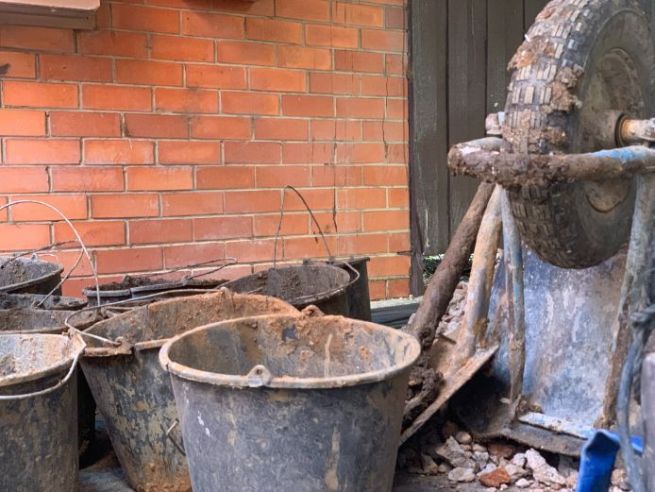The main difference between restumping and underpinning is that restumping is used for foundation repairs when a house is built on stumps, whereas underpinning is used when a house is built on a slab.
Restumping and underpinning are two commonly used processes for repairing foundation or footings in a completely different structural setup. While restumping is used to repair damage to a foundation, underpinning is used to stabilize an existing foundation.
To know how they work and the variations they got, it’s a matter of discussion, and we must learn the basics of these two methods. In this article, we will discuss restumping and underpinning and their differences.
What is restumping?
Restumping is the process of reinforcing a foundation by replacing broken or damaged stumps with new ones. The process is only possible when the building is on stumps. Restumping and reblocking are often used interchangeably,
The three most popular stump materials, each with advantages and disadvantages, include:
Timber – Commonly used in the 60s-70s, timber is the most common type of restumping. But it is also the most prone to damage from moisture and termites.
Concrete – It is considered more durable but also more expensive.
Steel – Steel is the most expensive type of restumping, but it is also the most durable.
If you want to know how long does it take to restump a house, check our blog here.
What is Underpinning?
Underpinning is the process of stabilizing the foundations of an existing building or other structure by excavating and reinforcing the footing. It is a common repair method for structures with foundation problems.
Underpinning can be done using several methods, including mass concrete, piling, mini-piling, screw piles, jet grouting, and geo-polymer resin injection.
Mass Concrete – The process involves excavating around the foundation and pouring a large amount of concrete to support the foundation.
Piling – This process involves driving steel or concrete piles into the ground to support the foundation.
Mini-Piling – A combination of both mass concrete and piling, mini-piling involves the installation of small diameter piles to support the foundation.
Screw Pile – A type of piling, where a screw-shaped steel pile is screwed into the ground to support the foundation.
Jet Grouting – A process where high-pressure jets of water are used to break up the soil and injected with concrete to form a column to support the foundation.
Geo-polymer Resin Injection – A process where a geo-polymer resin is injected into the ground to fill voids and support the foundation.
Is underpinning the same as Restumping?
No, underpinning is not the same as restumping The main difference between restumping and underpinning is that restumping is used to repair a foundation by replacing the stumps. In contrast, underpinning is used to stabilize the foundation of a house built on a slab or strip footing.
How do I know if my house is built on stumps?
If you inspect around your house and notice that –
– Your house is raised up off the ground,
– It has wooden, concrete, or steel posts or stumps supporting it
Then your house is built on stumps.
If you are still unsure, it is recommended to contact a foundation repair contractor to inspect the site. After visiting the project, they can suggest how to carry out the foundation repair and can give you an estimate of the cost and time.
How do I know if my house is built on a slab?
If you found that your house is not raised up off the ground, and does not have any stumps supporting it, then chances are your house is built on a slab.
Another way to discover is – if you see ducted floor heating and cooling system, then it’s obvious that the house is built on slabs.
If you need help repairing your foundation, contact a professional foundation repair company. They can assess the damage and recommend the best course of action.

